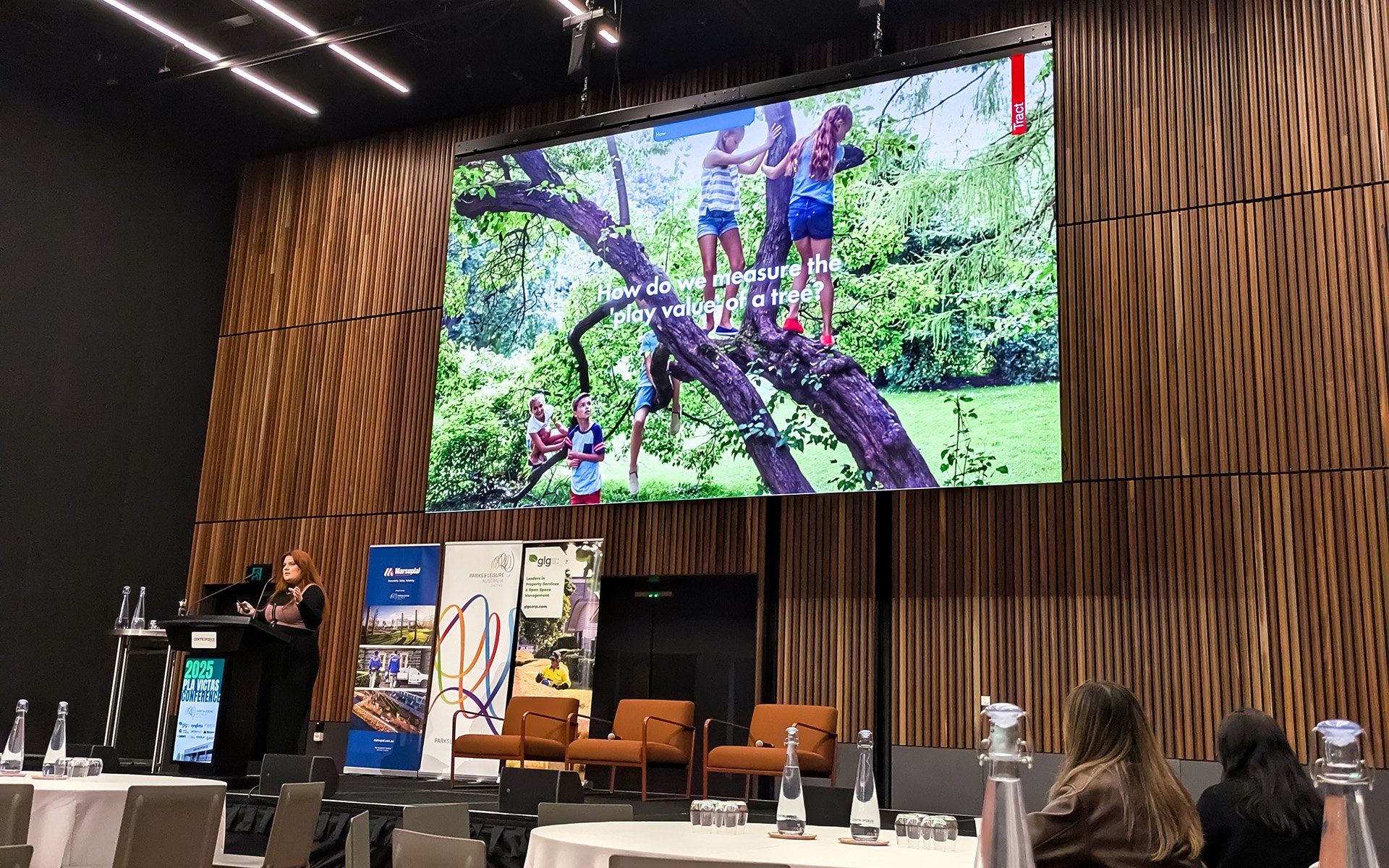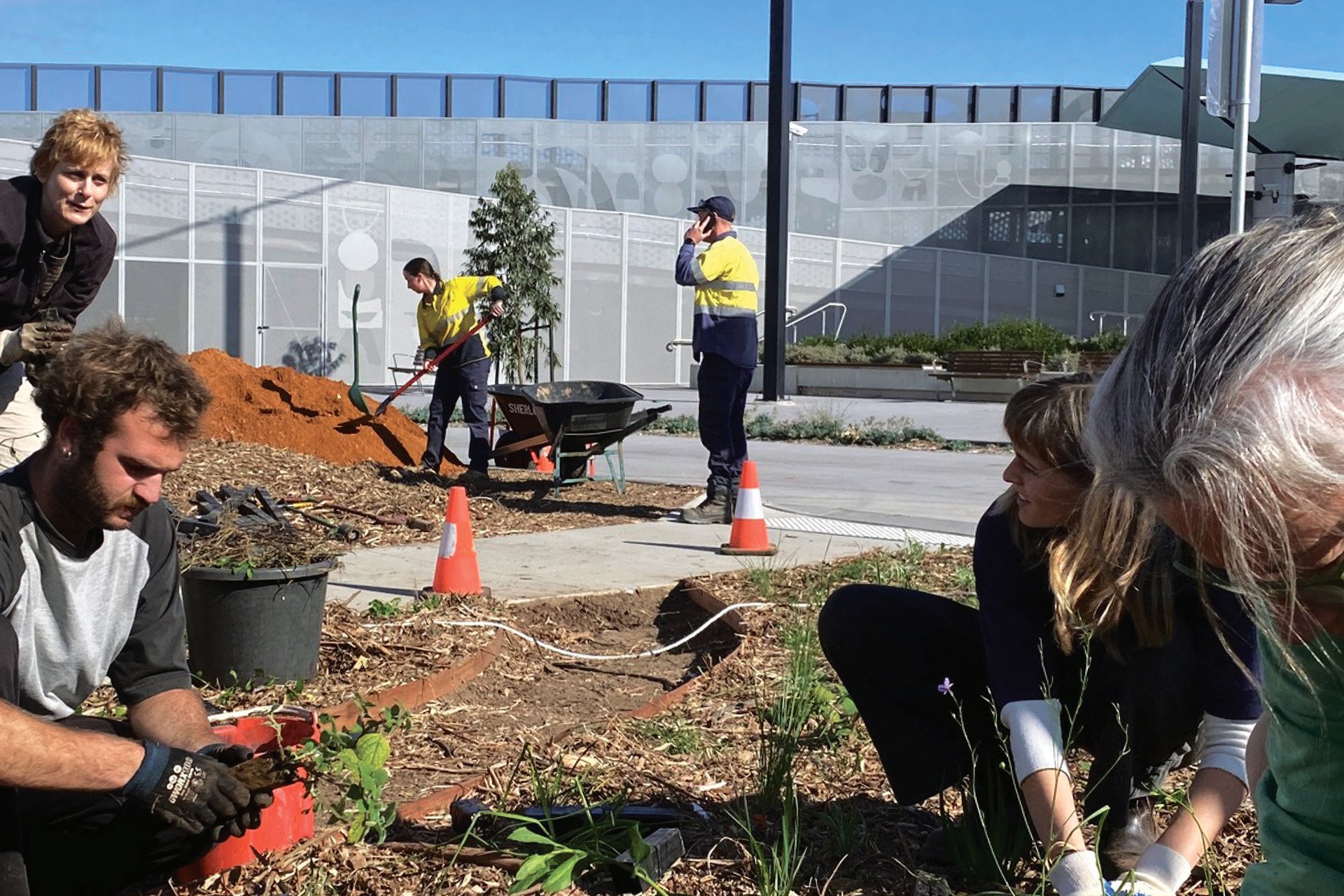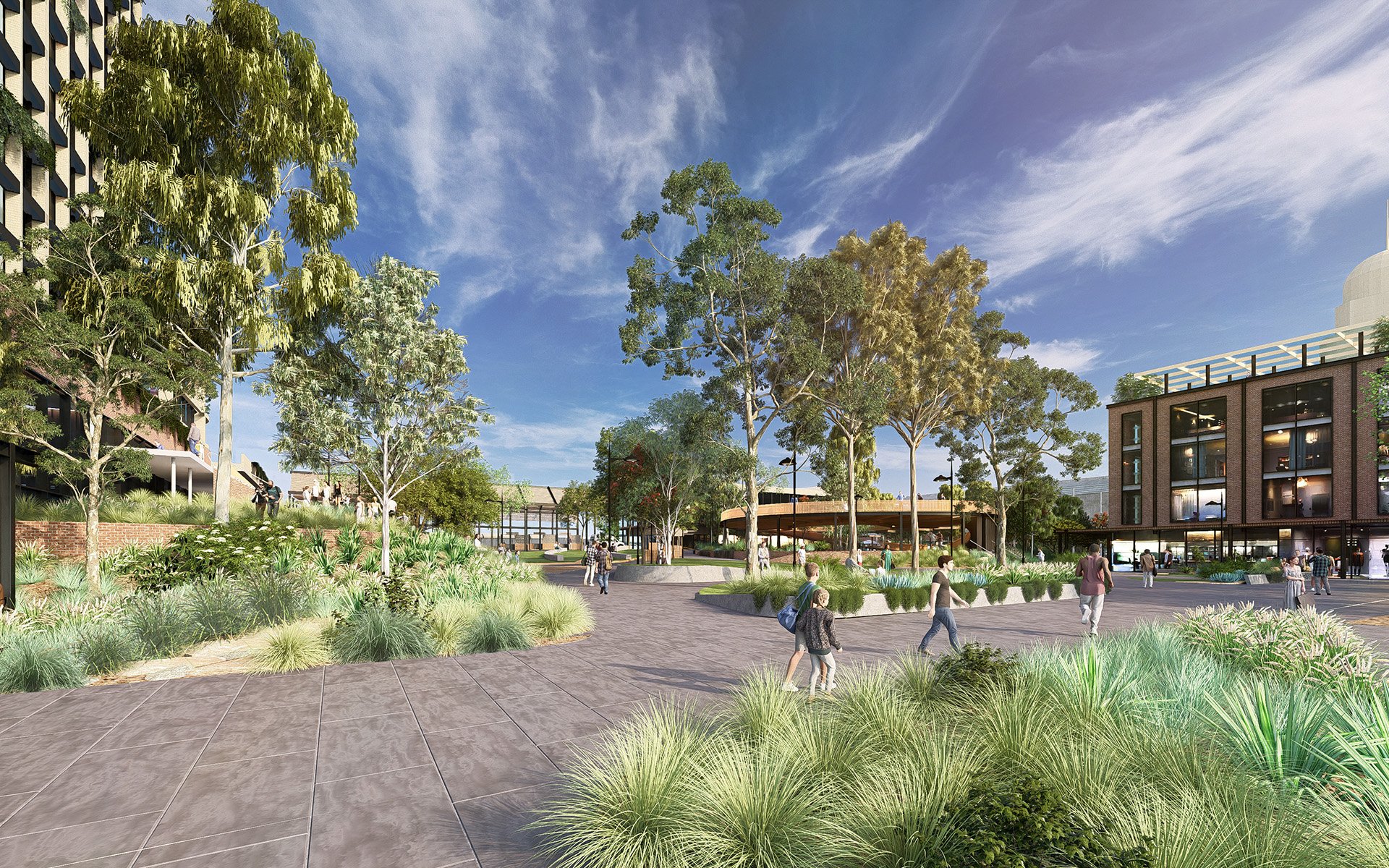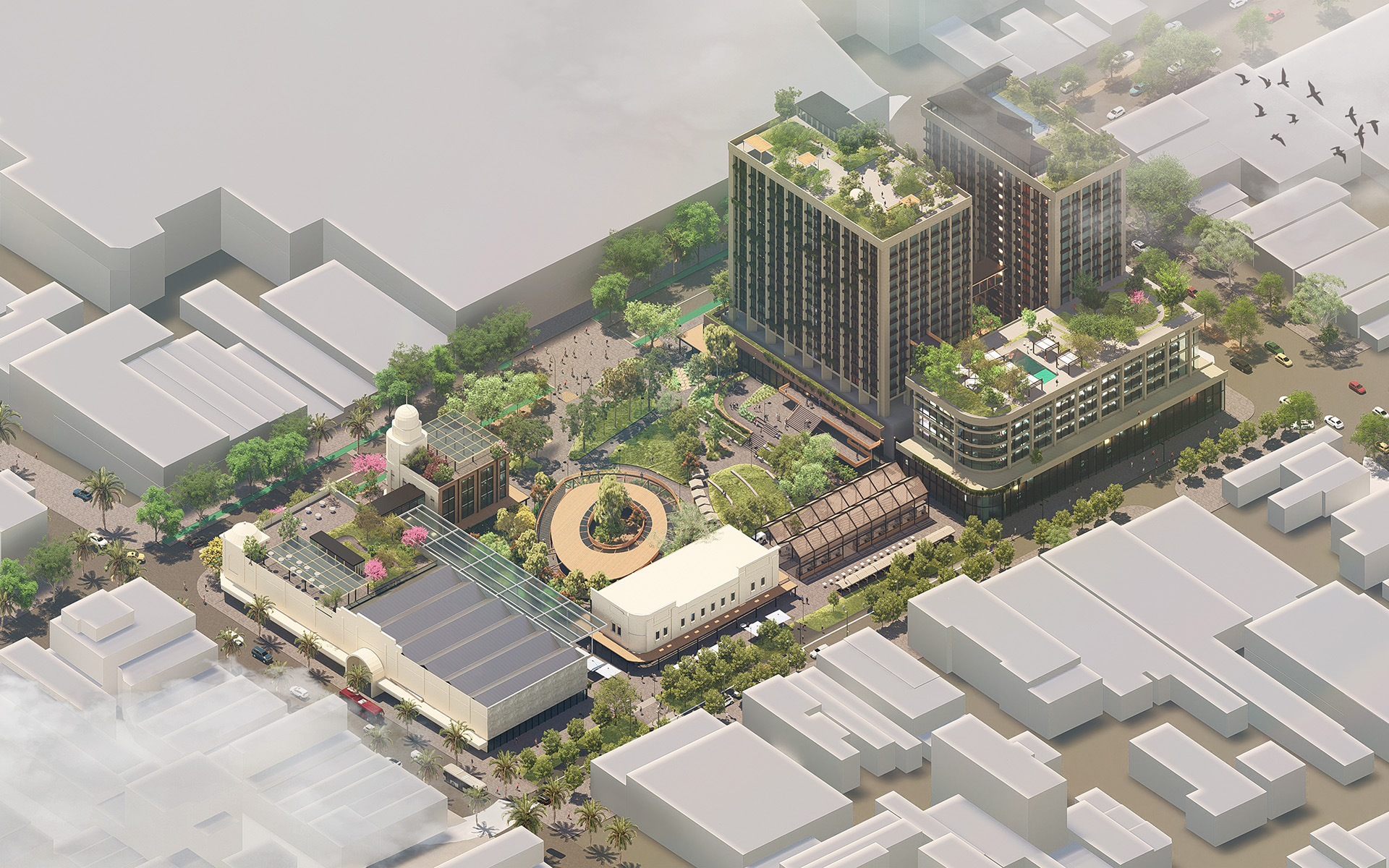Reading
Green space in urban areas has never been so important. However, it has never been harder to deliver quality, accessible, green places.
Greater density means greater demand, yet space is at a premium. Greater density also increases pressure on plantings. If not carefully planned and managed plants underperform or fail. This undermines the ability of green infrastructure (GI) to deliver its benefits. Disciplines such as Urban Forestry, Urban Ecology, Recreation and Open Space, and Water Sensitive Urban Design have emerged to improve the quality and quantity of GI for human and non-human nature.
This article prepared by Tract’s Climate and Biodiversity Strategist, Georgina de Beaujeu, explores how a Green/Blue Grid can assist in bringing different discipline vantage points together.
Which approach should you use?
Urban Forest Strategies primarily focus on trees. A tree inventory is created to track the quality and coverage of trees across an LGA. Canopy and heat mapping determines network gaps. That evidence is used to prioritise tree protection, planting, maintenance, and replacement. Actions focus on how to engage the community to plant and protect trees, such as tree planting rebates or protection bonds. Tree selection and maintenance policies / guidelines sit under this strategy.
Biodiversity Strategies explore how to improve the abundance and richness of indigenous flora and fauna, while connecting people to nature. This entails understanding the state of biodiversity through a BioBlitz or fauna and flora surveys and determining how to enable movement for target taxa.
Open Space and Recreation Strategies seek to understand current and future community open space and recreation needs. They entail LGA wide assessments of population growth, density, recreation preferences, and access for different demographic groups.
Urban Greening Strategies blend urban forestry and biodiversity to ensure that understorey is not lost given its criticality to people and nature. An example is the award winning Hawkesbury City Council Urban Greening Strategy 2023-2033.
Water Sensitive City Strategies consider how to foster the health of all waterways/water bodies, mitigates flood risk, and integrate water collection and recycling.
What is needed?
These discrete strategies enable critical aspects of blue and GI to be deeply considered. However, these areas are not delivered in silos. Recreation, biodiversity, water, greening and forestry need to be woven together across public and private realms.
A Green/Blue Grid Strategy layers geospatial data and metrics from each discipline. This cumulative insight enables priority sites to be identified that offer the most benefit for the most people and nature. Layers include:
- Urban forestry: tree canopy cover, understorey cover, urban heat, areas of low tree and understorey performance.
- Urban ecology: water catchments, waterways, waterbodies, habitat corridors, remnant vegetation, threatened species locations, plant communities, soil profiles, hollow-bearing trees, functional or structural connectivity.
- Open space and recreation: existing and potential open space/recreation areas, active and public transport and key destinations.
- All strategies: current and future population growth/density, areas experiencing disadvantage, land use, and barriers to movement.
Creating cross-disciplinary value
Governments have limited funds. Investments need to maximise the benefit for all stakeholders. By layering considerations to determine priority sites, participants can be unified in selecting opportunities that deliver multiple goals and make those projects funding ready.
Successful urban greening initiatives need genuine cross functional engagement. The Green / Blue Grid process brings diverse groups together to discuss the layered insight, rank opportunity sites, and agree on priorities. Through this process, they negotiate trade-offs to create win-wins. For example, can a recreation path in a habitat corridor be pushed back from the riparian zone to enable the area to perform for people and nature? Can a street function as a wildlife corridor, support a pocket park, and foster strong canopy and understorey cover to enable comfortable movement to key destinations? Can underutilised public and private land in medium / high-density developments be consolidated to unlock more recreation space for people and nature?
If the strategies had remained in their silos these collaborative opportunities would be unlikely to emerge. Collaboration through a Green/Blue Grid Strategy is the way forward, but this process and the product must be owned by a department with strategic leverage.
By all means, delve deeply into each discipline but bring that knowledge together in a Green/Blue Grid Strategy. Alternatively, use a Green/Blue Strategy to house the other strategies and make it your organisation’s prioritisation and delivery vehicle.
Georgina de Beaujeu leads Tract’s Climate and Biodiversity Committee and has been instrumental in the development of several of Tract’s recent initiatives including the launch of our Climate and Biodiversity Positive Design Position Statement. Georgina is also a member of AILA’s Climate and Biodiversity Positive Design Working Group.






